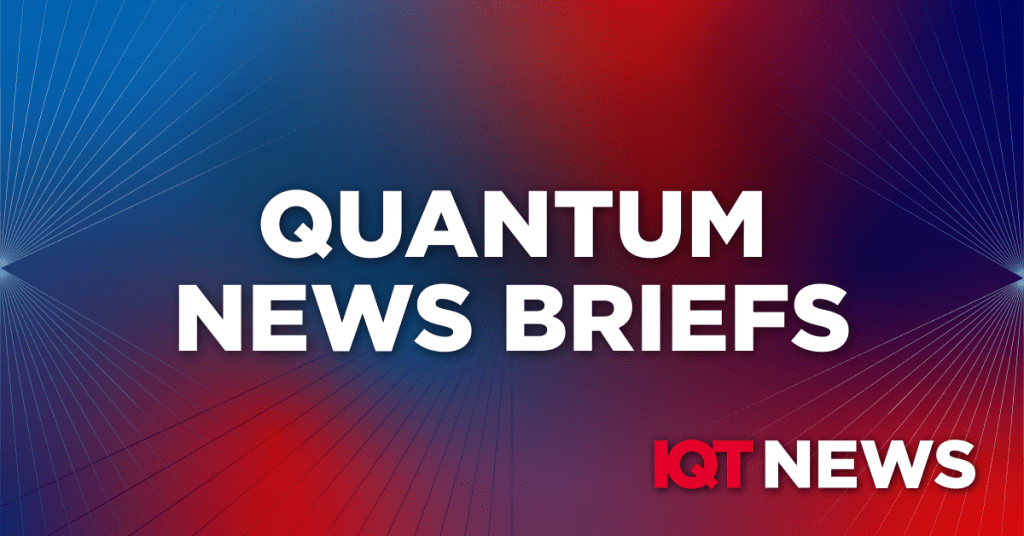News Briefs:
Quantum Xchange enables enterprises to track progress toward post-quantum standardization with dynamic dashboards
Deployed as a passive listener on the network, CipherInsights continuously monitors dozens of cryptographic risk factors in near real time, including quantum-vulnerable cryptography and where encryption is deficient or outright lacking. The sensor-based tool and on-the-wire analysis differs from network visibility and vulnerability scanners in that it scans and analyzes all traffic – even outbound traffic destined for an external host. For its functionality and practicality, CipherInsights is a discovery tool accepted by NIST’s National Cybersecurity Center of Excellence, Migration to PQC Project.
Further efficiencies found in CipherInsights version 11.0 include new Application Programming Interfaces (APIs) to ensure seamless integration with established infrastructure and cybersecurity tools, such as Configuration Management Database (CMDB), Security Information and Event Management (SIEM), and Security Orchestration, Automation and Response (SOAR) systems. This version update also adds the ability to produce Cryptographic Bill of Materials (CBOM), which is quickly becoming the industry standard for reporting on cryptography used in an organization.
Iberdrola & Multiverse Computing announce pilot project success to optimize battery installation in the grid
Iberdrola, one of the world’s largest clean energy companies, and Multiverse Computing, a global leader in value-based quantum computing solutions, have successfully delivered a pilot project in northern Spain to optimise the installation of grid-scale batteries, which will become increasingly important as the energy transition progresses according to July 11 news release.
As electricity grids are integrating increasing amounts of renewable generation, electric vehicles, heat pumps and other distributed energy resources, battery storage is providing an increasingly important service to ensure grid stability. Multiverse Computing’s solution uses quantum and quantum-inspired algorithms to select the optimal number, type and locations of batteries on the grid network. This reduces the costs of adding batteries to the grid and increases network performance. Click here to view video illustrating this development.
i-DE, Iberdrola’s distribution company in Spain, oversaw the pilot project, which was focused on Guipuzkoa’s electricity grid (Basque Country, Spain). During the ten-month pilot, quantum and quantum-inspired algorithms matched or outperformed classical benchmarks to maximize grid reliability and voltage control.
QuSecure collaborates with NVIDIA’s revolutionary cuPQC initiative to advance post-quantum cryptography
In groundbreaking benchmarks, cuPQC has already demonstrated remarkable acceleration of Kyber, a leading candidate for securing quantum-resistant keys, achieving speeds multiple times faster on an NVIDIA H100 Tensor Core GPU than on traditional CPU benchmarks. The forthcoming NVIDIA Blackwell architecture GPUs are optimized for the intricate integer mathematics pivotal in cryptography and aim to amplify this acceleration.
In Other News:
Data Center Dynamics reports on “Quantum computing demonstration system commissioned in Germany“
Located at the DLR QCI innovation center in Hamburg, the 10-qubit QSea I system was commissioned by the DLR QCI, and will be made available to companies and research teams.
The demonstrator includes prototype Magic hardware, the ParityQC architecture, and NXP’s chip design, which will be combined into a more powerful modular and scalable quantum computer in the upcoming QSea II system.
